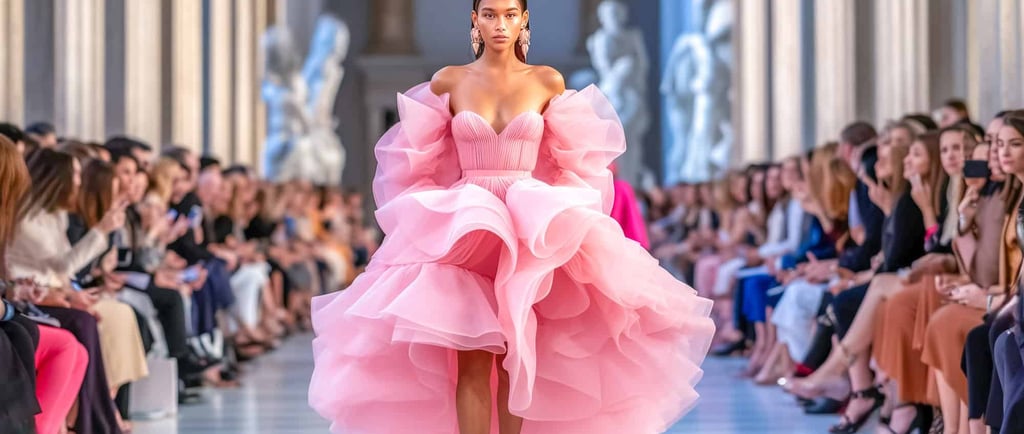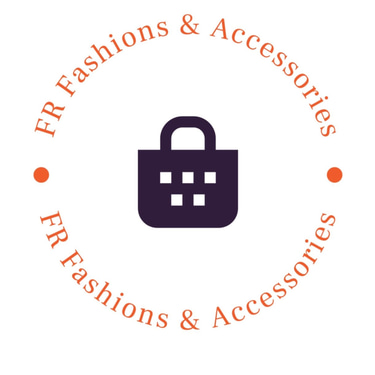The Evolution of Fashion: How It’s Made and How It Works
The Creative Process: From Concept to Creation
9/21/20243 min lexim


The Evolution of Fashion: How It’s Made and How It Works
Fashion is an ever-evolving art form that reflects our society, culture, and individual identities. But behind the glamour and the catwalks lies a complex process that transforms fabric into the stunning garments we wear. Let’s explore how fashion is made and how the industry operates.
The Creative Process: From Concept to Creation
1. Inspiration and Design
Every fashion piece starts with an idea. Designers draw inspiration from various sources—nature, art, history, and even social movements. This phase involves sketching designs, selecting color palettes, and deciding on fabrics. Designers often create mood boards to visualize their concepts and convey the theme of the collection.
2. Fabric Selection
Choosing the right fabric is crucial. Designers work with textile manufacturers to find materials that fit their vision. Fabrics can range from luxurious silks to sustainable organic cotton, each influencing the garment's look, feel, and functionality.
3. Pattern Making
Once a design is finalized, it’s time to create patterns. This step involves making templates that will guide the cutting of the fabric. Pattern makers take precise measurements and create different sizes, ensuring a perfect fit.
4. Prototyping
Before mass production, a prototype or sample garment is made. This allows designers to test the fit and design elements. Adjustments are made based on feedback, and the prototype undergoes several revisions to ensure the final product aligns with the original vision.
The Production Process: Bringing Designs to Life
5. Sourcing and Manufacturing
Once the design is finalized, it’s time for production. This involves sourcing materials and working with manufacturers, often overseas. Ethical considerations are paramount, as more brands focus on sustainability and fair labor practices.
6. Cutting and Sewing
With the materials ready, the cutting process begins. Fabric is laid out, and patterns are used to cut the pieces accurately. Skilled workers then sew the pieces together, creating the final garment. Quality control is critical here; every stitch counts.
7. Finishing Touches
After sewing, garments go through finishing processes, which may include washing, ironing, and adding final details like buttons or embellishments. This step ensures that each piece meets the brand’s quality standards before it hits the store.
How the Fashion Industry Works
8. Marketing and Branding
Once the garments are ready, they need to be marketed. Brands develop campaigns that resonate with their target audience, often using social media and influencer partnerships to reach consumers. A strong brand identity is vital in a crowded market.
9. Retail and Distribution
Fashion can be sold in various ways—boutiques, department stores, and online platforms. Retailers often participate in fashion weeks to showcase new collections, generating buzz and excitement around upcoming trends.
10. Trends and Consumer Influence
Fashion is not just about what designers create; it’s also shaped by consumer preferences and cultural shifts. Trends evolve through social media, street style, and celebrity influences, leading to a cyclical nature in the fashion world.
Sustainability in Fashion
In recent years, there has been a significant push for sustainability in fashion. As consumers become more environmentally conscious, brands are adopting practices such as:
Eco-friendly materials: Using organic or recycled fabrics.
Ethical labor practices: Ensuring fair wages and safe working conditions.
Circular fashion: Promoting recycling and upcycling of garments.
Conclusion
Fashion is a dynamic blend of creativity, craftsmanship, and commerce. From the initial spark of inspiration to the final retail experience, every step plays a crucial role in shaping what we wear. As we move forward, the focus on sustainability and ethical practices will redefine how fashion is made and consumed, ensuring that it evolves in harmony with our values and the world around us.
Whether you’re a fashionista or a casual observer, understanding the intricacies of the fashion industry enhances our appreciation for the artistry behind each piece. Fashion isn’t just about clothing; it’s about identity, expression, and, increasingly, responsibility.
